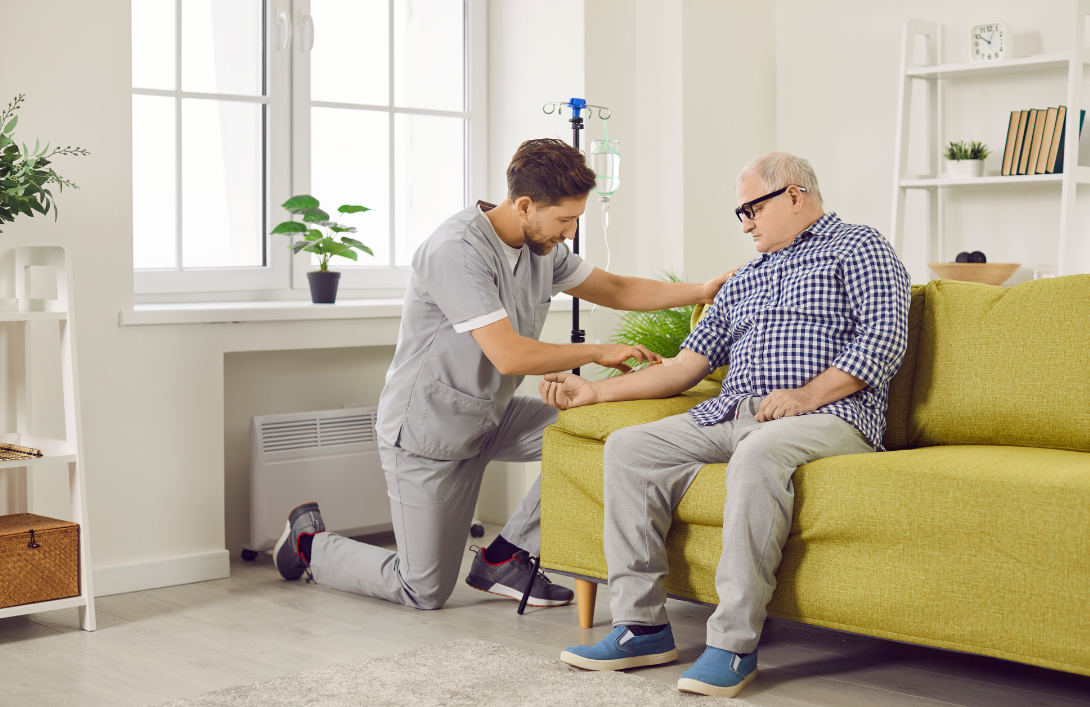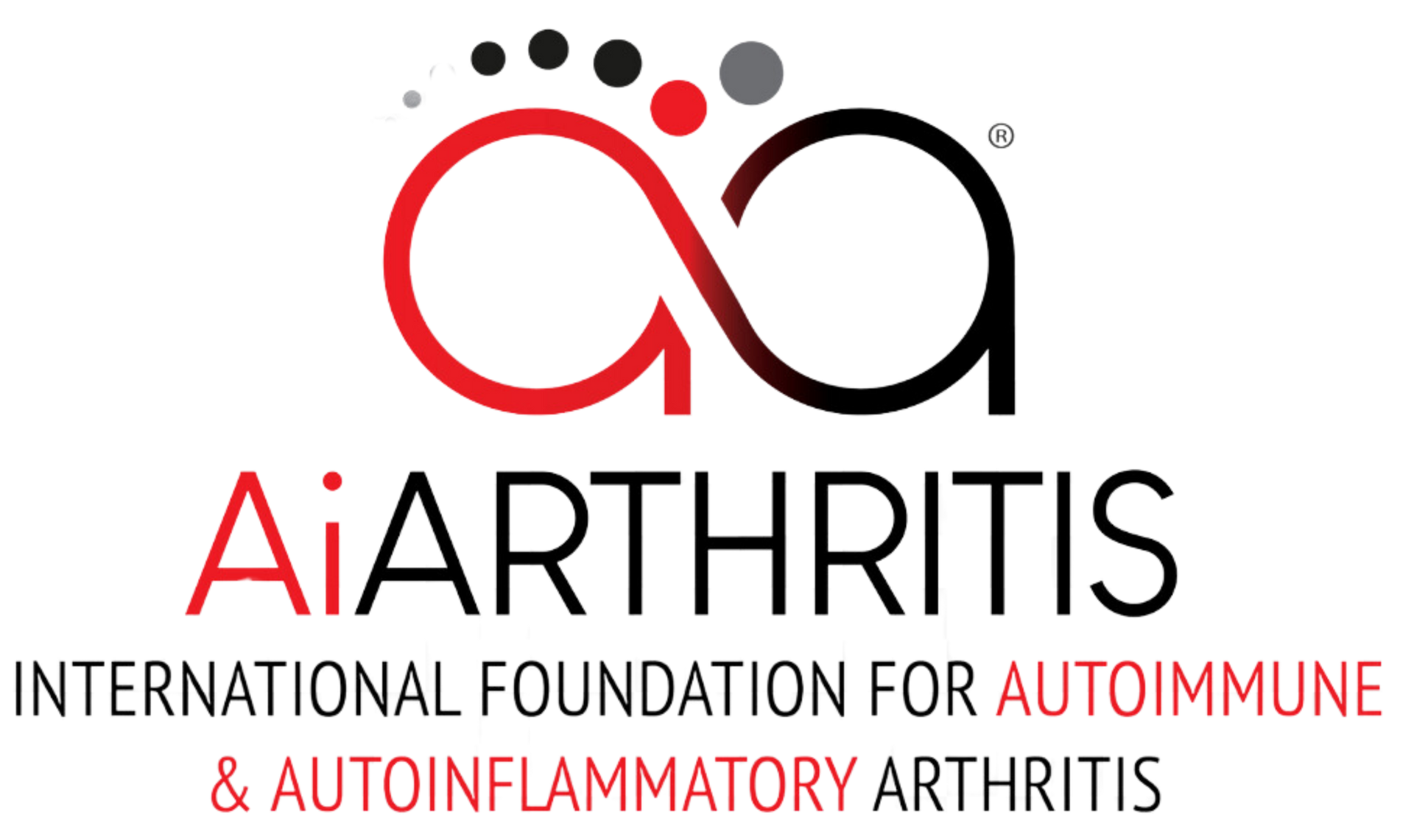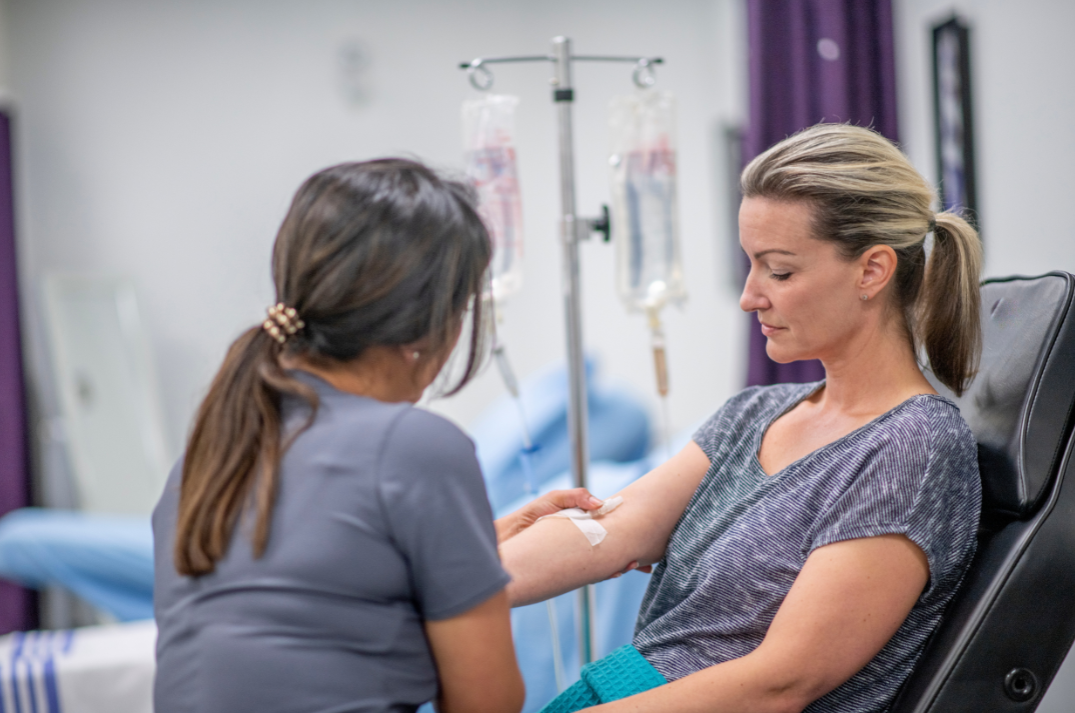Treatment Options
Autoimmune & Autoinflammatory Arthritis diseases are the result of uncontrolled inflammation that starts in the immune system. Some people can have mild disease, while others have moderate to severe activity. The goals for treating these diseases is largely to:
- Halt or minimize inflammation, ultimately achieving minimal disease activity or remission
- Alleviate symptoms with minimal side effects
- Prevent worsening disease, irreversible damage to joints and organs, and developing comorbidities
- Enhance functionality and overall well-being
To meet these goals, the American College of Rheumatology (ACR) and European Alliance of Associations for Rheumatology (EULAR) recommend:
- Early, aggressive treatment to reduce or stop inflammation as quickly as possible
- Targeting remission or another goal (called "treat-to-target") to work toward few or no signs or symptoms of active inflammation
- Tight control to keep inflammation at the lowest level possible
Things to Consider When Choosing Treatments
The recommended therapy to achieve the highest chance for drug-free remission is early intervention with disease-modifying agents.
While some people have had success treating their AiArthritis disease without these treatments, science has shown the best chance to achieve remission or low disease activity is by combining pharmaceutical drugs with good lifestyle choices. ("Holistic, full-body approach").
There is such a thing as mild disease, but moderate to severe tend to be more common.
There are also many disease subgroups, so even within the same diagnosis the response to treatments may be different. Certain positive blood markers and environmental triggers (like smoking) can also lead to more aggressive disease.
Communicate your healthcare goals and therapy preferences with your doctor. Then choose the best option together.
It's very important that you let your doctor know what goals you most want to achieve (remission, improved quality of life, etc.) and then listen to their recommendations. Ask questions like, "What should I expect if I follow this recommendation?" Then discuss options, pros and cons, and if you need anyone to talk to more, we are always here for you, too!*



Pharmaceutical Drugs
Depending on diagnosis, the treatment protocol will vary. In some cases it is recommended to start with anti-inflammatory medications such as Nonsteroidal Anti-inflammatory Drugs (NSAIDs), which can include over-the-counter medications like Tylenol. At times patients may be prescribed corticosteroids in an attempt to calm the inflammation.
Other first line prescription strength treatments are called Disease-Modifying Antirheumatic Drugs (DMARDs) - (for example methotrexate or leflunomide). If the disease activity is uncontrolled with these therapies - or if the disease activity is very high early in the disease journey - biologics/biosimilars or biologic-like treatments such as targeted synthetic DMARDs (Otezla/ampremilast) or Janus kinase inhibitors (Olumiant/baricitinib, Xeljanz/tofacitinib, and Rinvoq/upadacitinib) will likely be prescribed.
Things patients who use/have used these types of treatments want you to know:
- It takes time. Unlike some of the over-the-counter options that typically target pain and may bring temporary relief, DMARDs and biologics can take weeks or months to start working.
- Discuss side effects. Talk to the medical professional who prescribes the treatment to ask them about what possible side effects to expect and notify them if they become intolerable for you. Many patients experience few side effects and often say the pros of feeling better far outweigh the side effects - but everyone must decide what is right for themselves. Also if you are on these medications and plan to start a family, make sure to discuss this with your healthcare provider.
- It's possible you will be on what is called combination therapy. This means you may be on more than one of these treatments simultaneously. This may be short-term until your disease is under control or may be needed long-term depending on how much damage was done before treatment began.
- There are many types of biologics/biosimilars and other DMARDs that target different things (TNF inhibitors, IL-1, IL-6, IL-17, IL-12 and IL-23, B-cell inhibitors, and more). What works for one patient - even within the same diagnosis - may not work well for another. This is normal, as our diseases are very unique to the individual. Don't get discouraged! Often you'll find the first or second option can be life-changing.
This is why
AiArthritis is working so hard for research into
precision medicine.



Non-Pharmacologic
Working collaboratively with your doctor to ensure appropriate treatment is crucial. This often includes a whole body approach, including nutrition, exercise, mobility devices, mental support, relaxation, and alternative pain management.
Pain management
- Physical therapy (to help with flexibility, improve mobility, and increase muscle strength), while occupational therapy helps you find ways to adapt to your everyday environment.
- Assistive devices like splints, walking sticks, jar openers - anything that makes your life easier to participate!
- Massage therapy can aid in pain reduction, relaxation of sore muscles, and alleviation of stress or anxiety, but some patients also have reported they find massages to be painful.
- Cannabis, where legal, can be helpful for managing pain. CBD is non-psychoactive (but can have some slight effects, always start with small doses) and THC is the psychoactive part of the plant. Always check with local municipalities for laws and regulations before beginning to use CBD or THC.
Healthy Diet
Eating a well-balanced diet can help you feel better by increasing vitamins, lowering inflammation, and promoting good gut health. However, it is not suggested to manage an AiArthritis disease with diet alone. Anti-Inflammatory Diets include food with healthy fats, omega-3 fatty acids, and avoiding processed foods (canned or jars food, for example) or "eating clean". Some find symptom improvement through various elimination diets, particularly if an allergy is identified. Probiotics and prebiotics found in foods like yogurt can help maintain good gut health. To learn more about anti-inflammatory dietary changes, click the link to download our resource.
Exercise or Physical Movement
One thing that makes our type of arthritis different than the more common osteoarthritis is severe stiffness after rest. That means moving can help joints feel better. When possible, even light weights can help strengthen muscles, which will provide more support for your body. When disease activity is high, areas of the body hurt - like the feet, hands, back, or hips - and fatigue can be debilitating. Don't push yourself if your disease is flaring, but rather try less impactful movement activities, if possible. Learn more from our YouTube Playlist about Exercise featuring information from our Go With Us! to Conferences program.
Rest
This includes learning to conserve energy/balance rest and activity. Sometimes it may seem like we need a lot of rest and that is okay. Prioritizing balance is so important with our diseases.
Mental Support
These can include meditation, deep breathing exercises, cognitive behavioral therapy, as well as visualization of pleasant imagery. To learn more about how mental health affects those with AiArthritis disease, check out this
Mental Health episode of our AiArthritis Voices 360 Talk Show.
Other Things to Consider When Choosing Treatments
Family Planning. Pregnancy, breastfeeding, and parenting can look different when living with an AiArthritis disease. It’s essential to work with healthcare providers to ensure safe treatment options before, during, and after pregnancy. For more information, check out these resources below:
Clinical Trials. While most doctors do not mention clinical trials as a treatment option unless they are part of recruiting for one, if you have cycled through all current options, are interested in studies on subgroups (precision medicine) that may be available, or if you need help paying for imaging or tests, clinical trials could be an option for you. Learn more
Remission is Possible. Early detection, diagnosis, and treatment lead to a greater chance of remission. For many, remission may seem similar to the word "utopia" and something that is completely out of reach, but having a discussion with your rheumatologist about what working towards remission could look like is worth having! Learn more
*Please note that all treatment decisions should be made between you and your doctor. This page and any information provided in association with its content should not be substituted for medical advice. If you contact AiArthritis to talk more about your options, please know we cannot provide medical advice.





